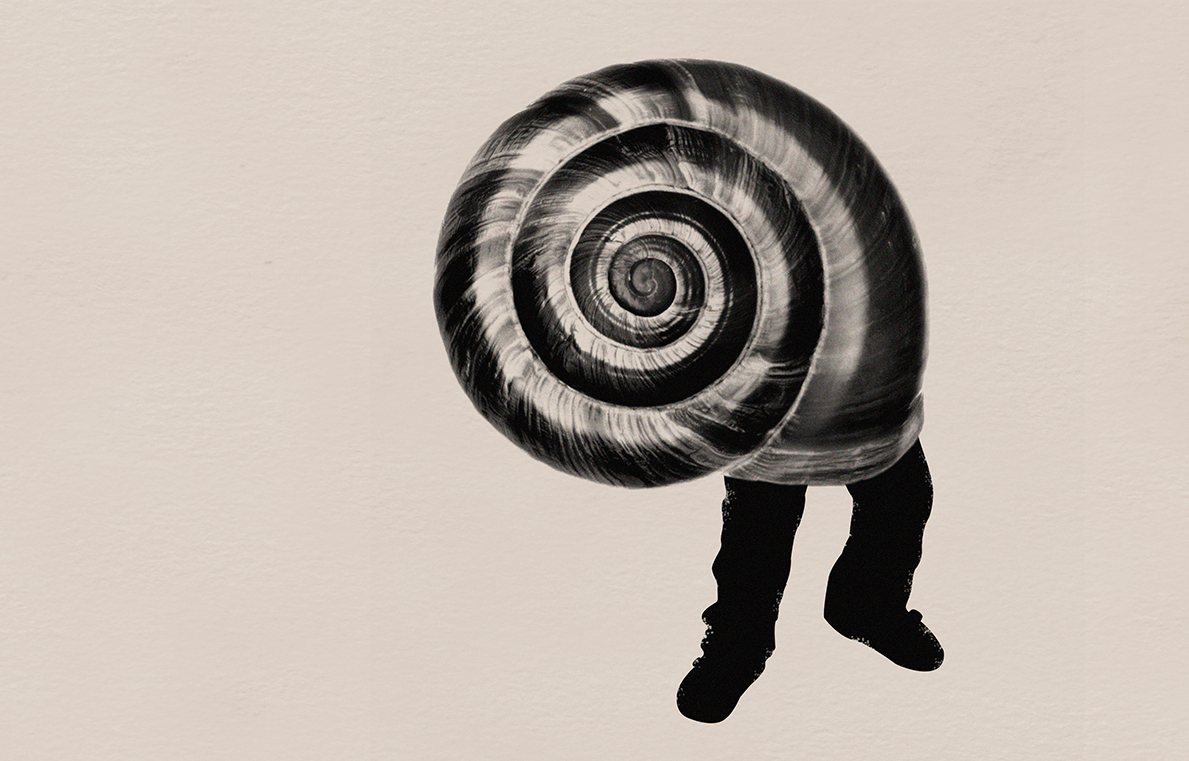Bodily autonomy
What is the issue?
Everyone, including children, has the right to make decisions about their own body and to be protected from any harm or interference against their body without their consent. This right is summed up by the principle of bodily autonomy and integrity.
Children’s enjoyment of their bodily autonomy and integrity is significantly more restricted compared to adults’, largely because paternalism and assumptions about their presumed immaturity and lack of capacity based on their young age has meant that decisions are made for them, even ones that are not in their best interests or directly violate their human rights.
Exacerbating the problem beyond a child’s age are forms of discrimination based on their sex, gender identity, race, ethnicity, disability and socioeconomic status, which means that certain groups of children will face an even greater risk of violations of their bodily autonomy and integrity.
What is the problem?
Practices that amount to violations of children’s bodily autonomy and integrity have long been conducted by adults without considering children’s independent human rights. Many amount to forms of violence against children, with some being based on tradition, culture, religion or superstition, such as virginity testing on girls, female genital mutilation, circumcision of boys, child marriage and corporal punishment. Others are conducted because of flawed or discriminatory laws and policies, such as sexual maturity exams on migrant and refugee children to determine their age, ‘corrective’ surgeries on intersex children to ‘normalise’ their genitalia, and forced or coerced sterilisation of children with disabilities to stop them from ever having children of their own. But it also includes situations not readily recognised directly as violence, such as exposure to harmful chemicals, but which nonetheless can inflict significant harm.
The principle of bodily autonomy and integrity is constantly evolving, and it does not just relate to freedom from violence. It covers policies, practices and conditions that can contribute to not being able to protect oneself or to make an autonomous decision about one’s body. This is the case, for example, with the denial of access to sex and relationships education which helps children to identify signs of abuse in sexual and romantic relationships. Some children’s access to this is even more restricted, for instance children with disabilities who are often mistakenly considered asexual or children living in poor or rural settings with little access to comprehensive education.
On the other hand, the principle of bodily autonomy also covers freedom to make informed, autonomous decisions for oneself about a range of issues, from identifying with a different gender or being gender fluid in case of trans and non-binary children, to simply deciding what hair colour or style to have.
What is the solution?
Greater respect for the full range of children’s human rights, including their bodily autonomy and integrity, is key. There needs to be recognition that the decision about one’s body should rest only with the individual and be taken by them when they are old enough and informed enough to give their free, prior and informed consent—or to refuse it. With medical practices, the only exception is when an intervention is medically necessary to save a child from serious, urgent and irreparable harm. This does not include non-therapeutic procedures.
But greater understanding about children’s bodily autonomy and integrity should acknowledge that it is not just about freedom from violence, but also the freedom to freely express one’s identity, the right to access information or services that contribute to the freedom to make informed and autonomous decisions about one’s body without restrictions. This also includes addressing the conditions that allow or deny the freedom to make autonomous decisions about oneself, such as poverty, discrimination and overall systems of oppression.
Resources
Issue page: Sexual health and autonomy
Guest articles: The African resistance to the mass male circumcision campaign
Briefing paper: Sterilisation of women and girls with disabilities
Organisations: Genital Autonomy, OII Intersex Network, European Disability Forum, The VMMC Experience Project
Council of Europe: Resolution on children’s right to physical integrity
Discussion paper: Consenting to non-therapeutic interventions
Discussion paper: Child’s consent in relation to medical treatment or surgery without parental consent
UN submission: Children’s right to be heard in health-related matters
Case study: Kenyan mother takes unfair treatment of her intersex child to the High Court
Related content: A-Z index rights issues

